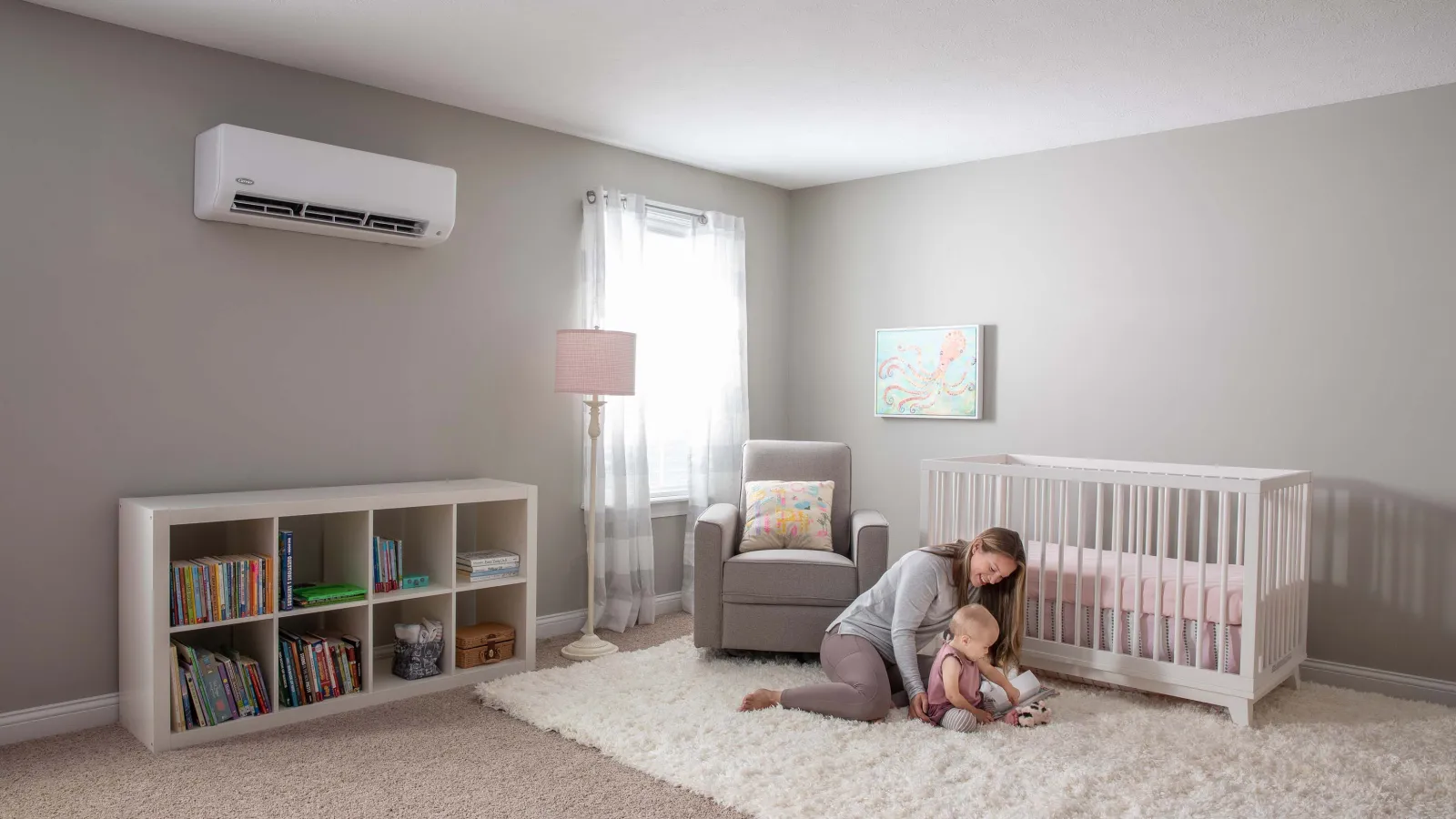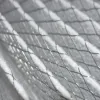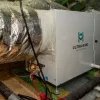If you’ve spent any amount of time on this blog, you know we’re serious about indoor air quality, or IAQ.
Technically speaking, IAQ doesn’t fit squarely into any specific category of HVAC. Is it partially related to heating and air conditioning? Sure, because it impacts how you filter your air and manage humidity. It’s also partially related to ventilation since certain kinds of ventilation improve IAQ and other kinds – like a kitchen fan that’s too powerful – make it worse.
The thing about IAQ is that various factors can influence it. That includes HVAC, but also the integrity of your building envelope, ductwork quality, and any accessories or add-on equipment you might install to clean or purify the air you breathe.
Lately, we’ve gotten excited that more clients are asking about ways to ensure their indoor air is healthy. Here are our basic suggestions, in rough order of practicality, for optimizing your home’s IAQ.
1. Cover all the IAQ basics
Before installing specialized equipment to improve indoor air quality, be sure you’re doing the bare minimum to keep your air clean and safe. We call these the “IAQ basics:”
- Seal your ducts. In addition to saving energy, sealing ducts prevents crawlspace or attic air from entering your living space. When you have significant leakage on the return side of your system, you’re probably breathing a lot of dirty, unfiltered air. Sealing those leaks with mastic or mastic tape keeps your air a lot cleaner.
- Air seal your attic and crawlspace. In most homes, attic and crawlspace air regularly infiltrate the living space through gaps and cracks between building materials, ducts, electrical connections, and plumbing components. Locating and air sealing those gaps and cracks can drastically reduce air infiltration.
- Change or wash your air filters regularly. If you use 1″ pleated air filters, be sure to replace them every 90 days or so. The same goes for washable filters. Wash them according to manufacturer instructions and be sure they’re completely dry before reusing them.
- Make smart upgrades, when needed. If it’s time to replace your HVAC equipment, you’re in a great position to make IAQ improvements! Be sure your new system is properly sized so that the AC removes enough humidity during the summer months. Other options include variable airflow blowers and variable speed compressors that offer better humidity control than standard systems.
After covering the basics, it’s on to IAQ products! Steps 2 through 5 cover all the improvements you can make to optimize your home’s IAQ.
2. Trade standard air filters for media filters
Most people use standard 1″ pleated air filters for their HVAC system. In some cases, these filters are fine, but they have a tendency to restrict airflow. Too little airflow can result in extreme room-by-room pressure imbalances and uncomfortable conditions.
It can even shorten the lifespan of your equipment because it forces your blower fan to work harder.
If you want to improve filtration beyond what standard air filters can offer, consider a media filter. These filters are typically 4-5″ thick. They provide more surface area for air to pass through, and the design eliminates the airflow restrictions of the high-efficiency, high-MERV 1″ pleated filters. You get better filtration without any of the downsides of standard filters.
Oh, and you usually only have to replace them once each year. Twice max. We check static pressure on every visit to verify whether your media filter needs to be replaced or not.
Upgrading to a media filter typically involves some retrofitting, so it’s best to work with an HVAC professional.
3. Install UV lights inside your ductwork
Ultraviolet light kills mold and bacteria. If your air filters don’t catch every mold spore or allergy-aggravating bacterium that passes through your system (most filters don’t), you can install UV lights to zap that nasty stuff into oblivion!
UV lights live inside your plenum and kill mold and other bacteria before they can enter your living space. Even if your indoor unit lives in a dry, encapsulated crawlspace or sealed attic, mold can grow inside your ductwork because the indoor coil stays wet for much of the year.
With UV lights, you can reduce or eliminate that risk. They’re a great option if you’re allergic to mold.
4. Trade up for a HEPA filter
For the extremely sensitive or anyone who insists on the best of the best, it’s possible to add a true HEPA filter to your HVAC system.
If you want the nitty gritty on HEPA filtration, we wrote an article last year that explains how it works. The long and short of it is that HEPA filters capture particles that are 133 times thinner than human hair! That’s in addition to potentially harmful volatile organic compounds (VOCs) that might be lurking inside your indoor air. HEPA filters are powerful.
Anyway, since HEPA filters are extremely dense compared to standard filters or media filters, you’ll need an additional fan to boost airflow. Your air handler or furnace fan can’t pull air through the filter on its own, so HEPA filters come as part of a system that includes an additional fan.
We just install it at the return, and voila! You’ve got the ultimate filtration experience.
Here’s another cool thing about HEPA systems: they come with connections that let you add fresh air ventilation to your home. Speaking of…
5. Ventilate with fresh, filtered air
Bringing fresh, filtered air into your home is a great way to dilute the stale, “less clean” air that’s already inside. Most mechanical ventilation systems that introduce fresh air also do double duty by pushing stale air out, whether through positive pressure or balanced mechanics. In many ways, this makes fresh air ventilation the ultimate IAQ improvement!
If you’re ready to control humidity while circulating fresh, filtered air throughout your home, a whole-house dehumidifier with fresh air ventilation is usually the best option in our climate zone. If you’ve got a super airtight home, an energy recovery ventilator (ERV) might make more sense. The ERV is a balanced system, so it brings in and removes the same amount of air all at once.
In general, whole-house, ventilating dehumidifiers are the best choices for most people in the Southeast, most of the time. The ventilation keeps air circulating and the dehumidification keeps the air dry, resulting in zero molds and virtually no dust mites. If you need an ERV, you either live in a high-performance home or you’ve made a lot of improvements to your home’s envelope.
Choose the options that make sense for your home
Not everybody needs UV lights, but some people do. Not everyone needs a whole-house dehumidifier, but some people do. HEPA filters may not be for everybody, but…
You get the idea.
After covering the IAQ basics (#1 above), you can make additional improvements based on your needs and the needs of your family. Every IAQ upgrade has the potential to help you breathe easier indoors, and that’s a good thing.






